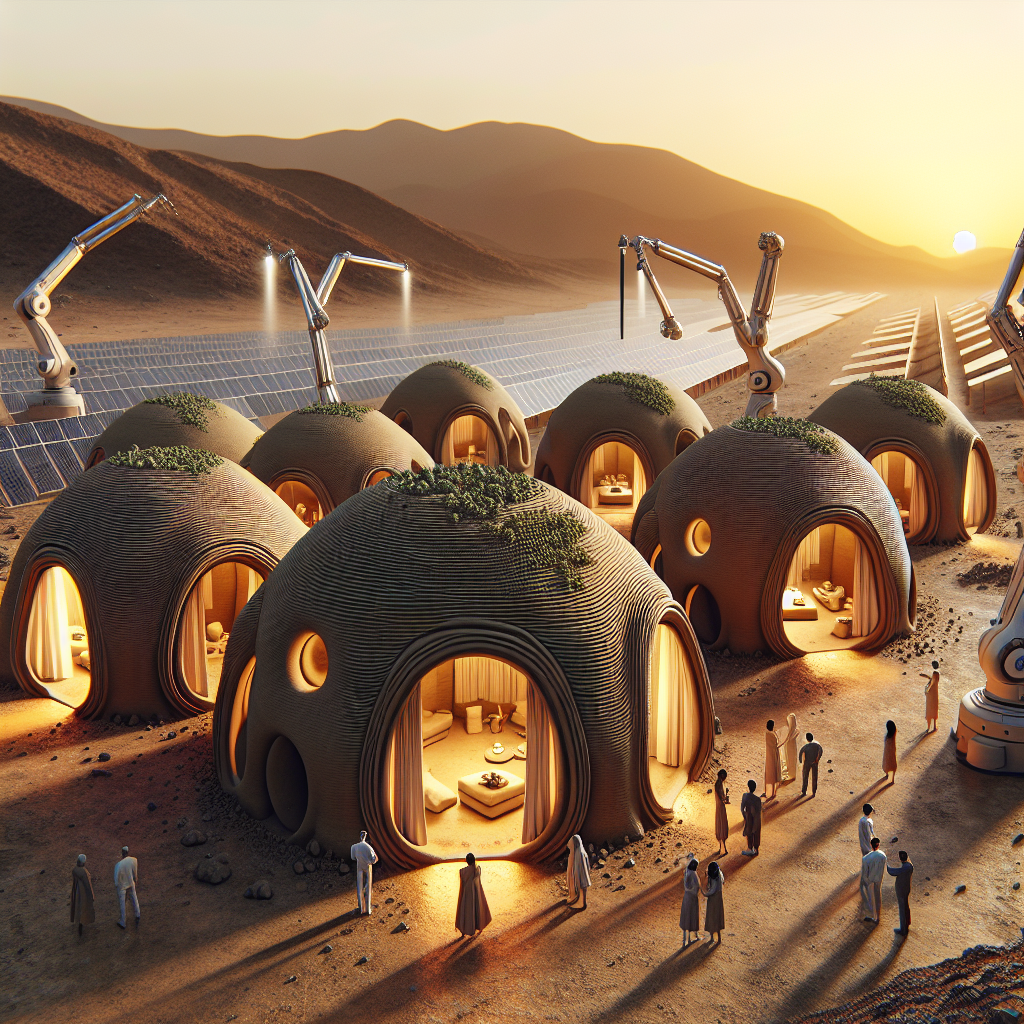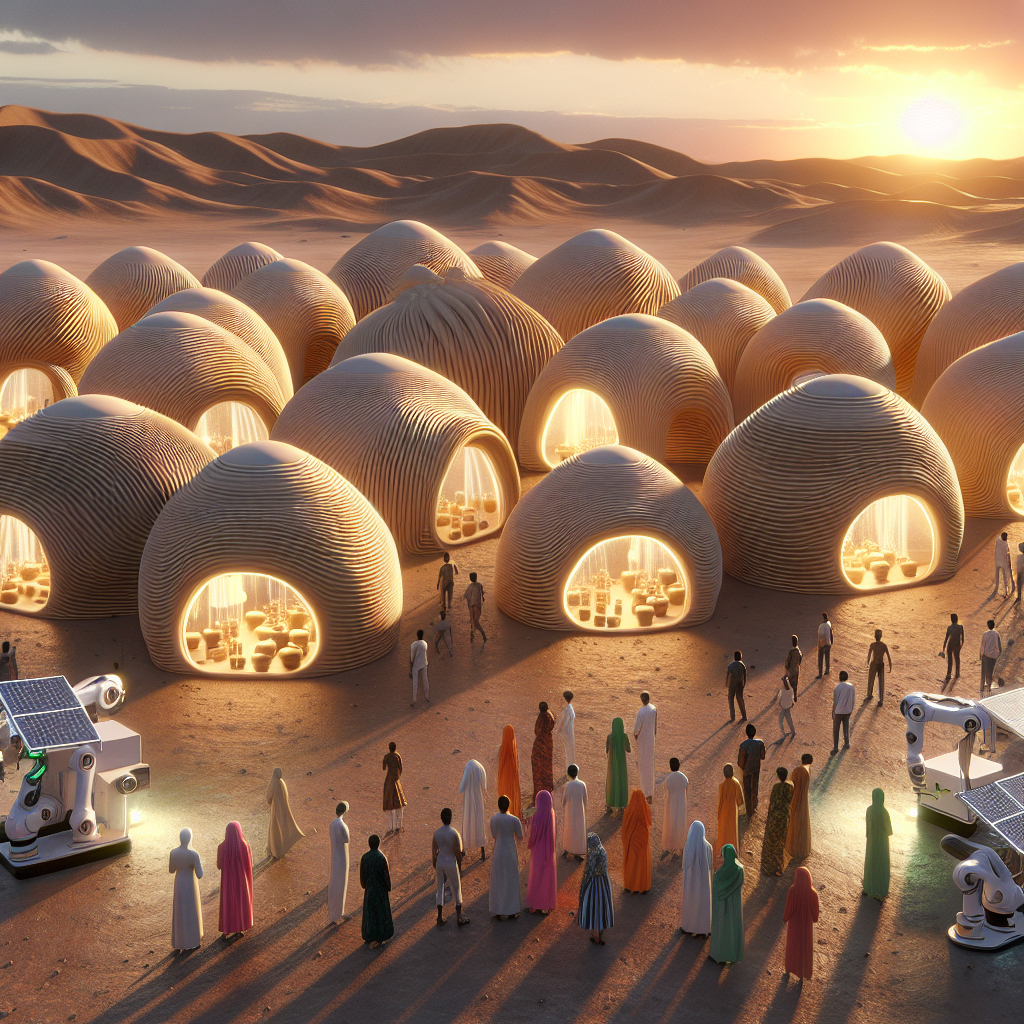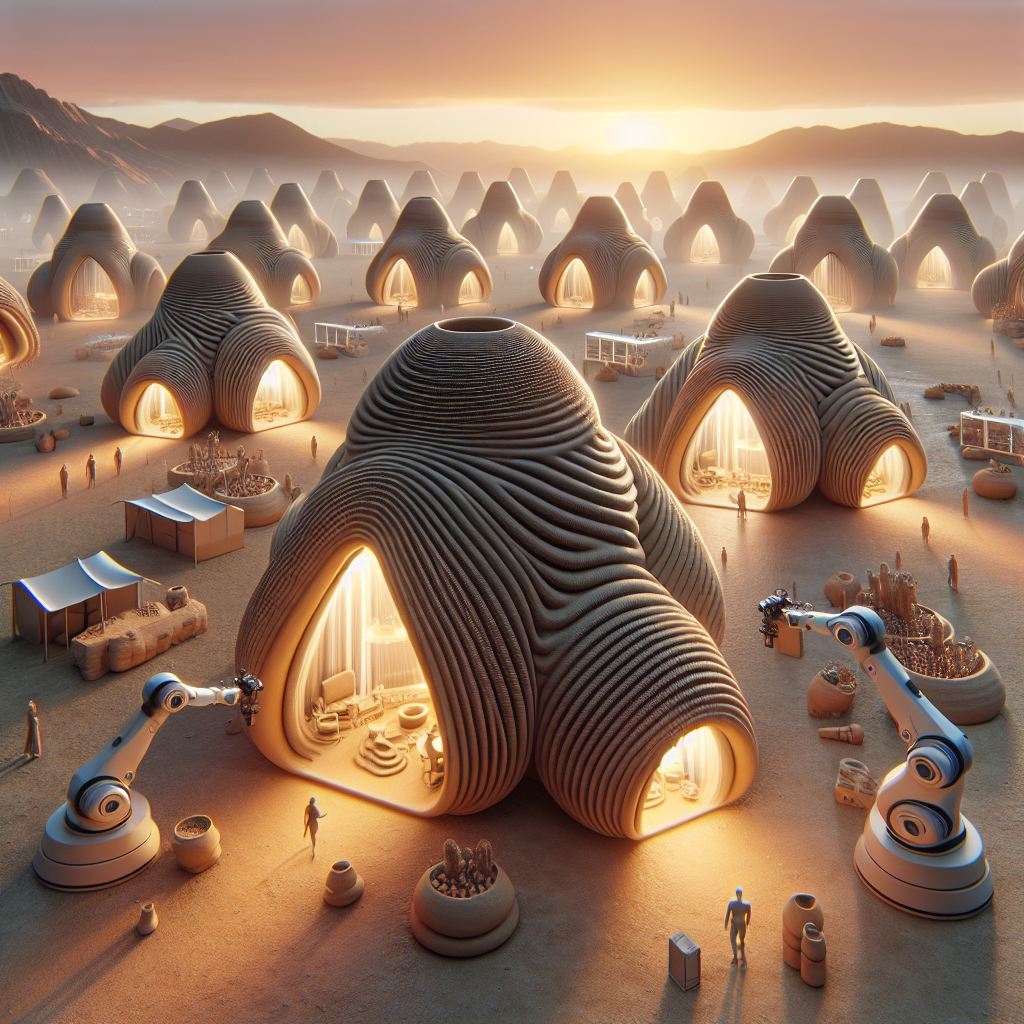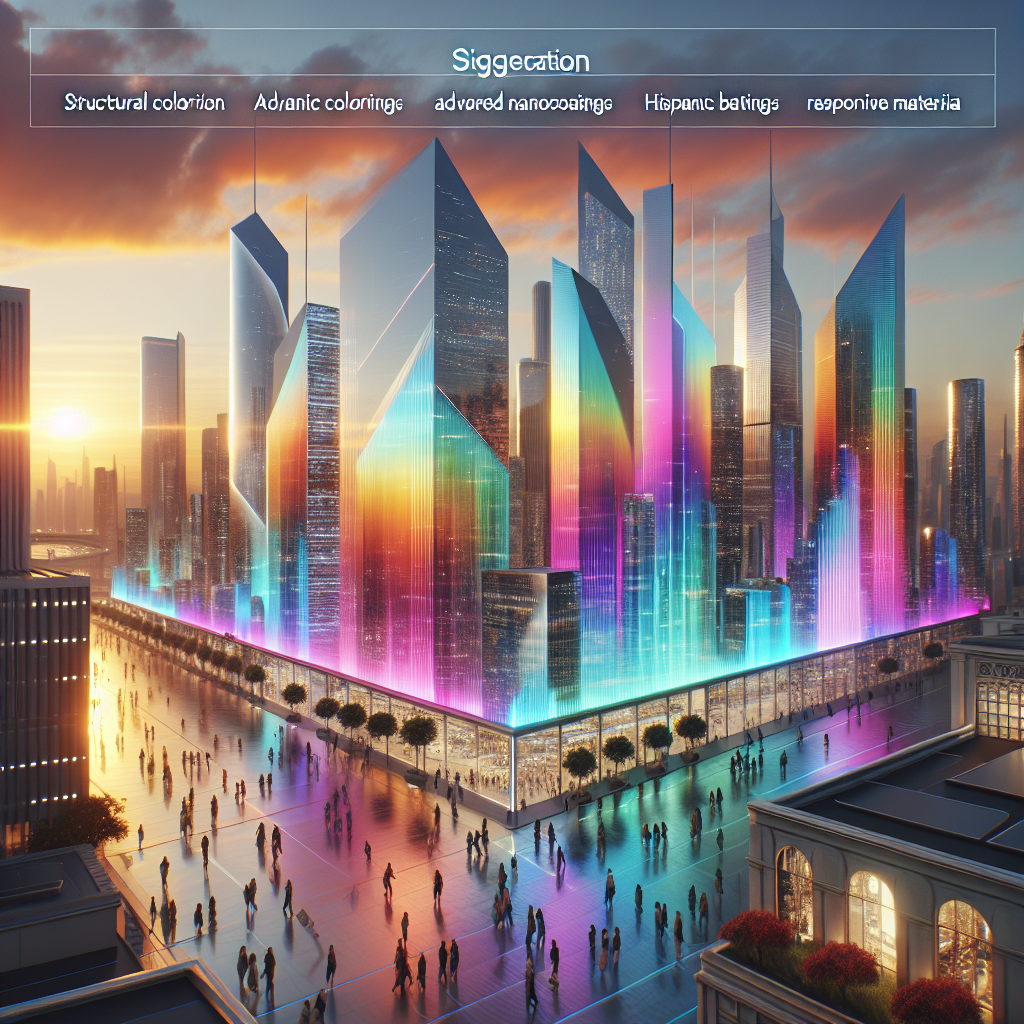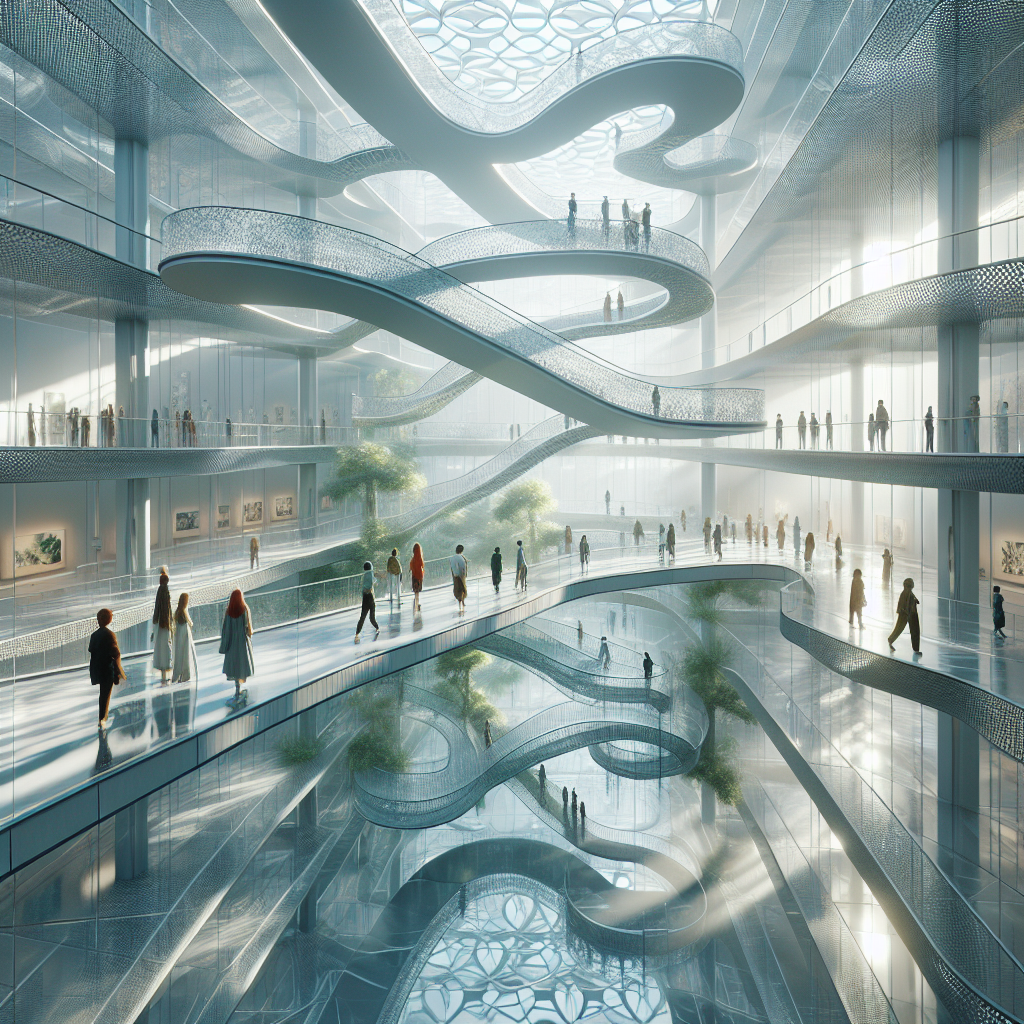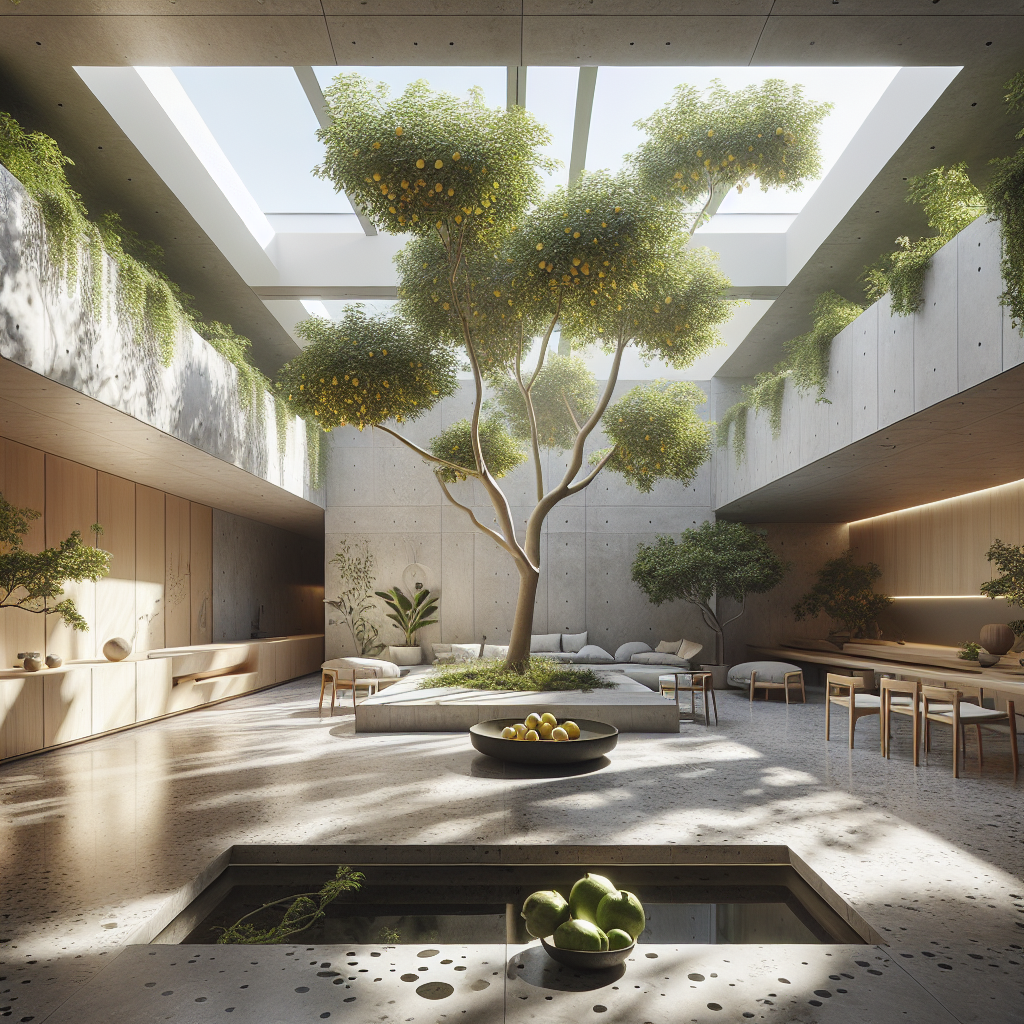Silicone-laced earth huts: futuristic mud structures aided by robotics
Silicone-Laced Earth Huts: Futuristic Mud Structures Aided by Robotics
In a world increasingly defined by high-tech materials and digital precision, a quiet revolution is unfolding in the realm of architecture—one that looks backward to move forward. Silicone-laced earth huts, an emerging typology of futuristic mud structures, are reimagining the humble clay dwelling through the lens of robotics, material science, and sustainable design. These hybrid constructions—part ancient vernacular, part technological marvel—embody a new architectural ethos: building with the earth, not against it.
The Return of Earth as a High-Tech Material
For millennia, humans have shaped mud into homes, temples, and fortresses. From the adobe villages of New Mexico to the rammed-earth citadels of Morocco, earthen architecture has long been a symbol of resilience and environmental harmony. Yet, in the 21st century, this ancient material is being radically redefined. By infusing clay and soil with silicone polymers, architects and engineers are creating a new composite that is water-resistant, self-healing, and highly adaptable to robotic fabrication.
Silicone’s elasticity and hydrophobic properties transform traditional mud into a futuristic medium capable of withstanding extreme weather, seismic shifts, and erosion. When paired with robotic extrusion or 3D printing, this enhanced earth mixture allows for complex geometries and precision layering that were once impossible with hand-built techniques. The result is a material that retains the tactile warmth of soil while achieving the performance metrics of modern composites.
Robotics and the Rebirth of Vernacular Construction
At the forefront of this movement are research studios and design labs exploring robotic earthen construction. Using parametric modeling and autonomous fabrication arms, these teams are reinterpreting the ancient hut as a digitally orchestrated ecosystem. A notable example is the work of Italian firm WASP (World’s Advanced Saving Project), whose 3D-printed clay homes—such as the TECLA prototype—demonstrate how robotics can merge local materials with global innovation.
Unlike industrial concrete printing, robotic mud construction emphasizes contextual intelligence. Machines adapt to the composition of local soils, adjusting pressure, speed, and layering thickness in real time. This adaptive process mirrors the way traditional builders once “read” the land by hand. As one architect from the ETH Zurich Digital Building Technologies group remarked, “We’re teaching robots to feel the earth.”
This philosophy aligns with the broader trend of biophilic design, which seeks to reconnect architecture with natural processes. The silicone-laced hut, with its organic curves and breathable walls, becomes not just a shelter but a living organism—responsive, sensory, and ecologically attuned.
Material Innovation: The Science Behind Silicone-Laced Earth
The technical foundation of these structures lies in the chemistry of silicone and clay interaction. When mixed with fine aggregates and natural fibers, silicone polymers create a flexible matrix that binds soil particles without compromising porosity. This allows walls to “breathe,” maintaining interior humidity levels while resisting rain penetration—a balance that traditional adobe often struggled to achieve.
Moreover, silicone’s thermal stability enhances the passive cooling properties of earthen walls. Studies from the Massachusetts Institute of Technology have shown that silicone-infused composites can reduce heat transfer by up to 30%, making them ideal for hot, arid climates. Combined with robotic precision, these materials can be shaped into vaulted roofs, self-supporting domes, and double-curved shells that optimize airflow and light diffusion.
In interior spaces, the aesthetic is strikingly tactile. Walls appear to ripple like dunes, their surfaces subtly glistening under sunlight due to the silicone’s reflective sheen. Embedded sensors monitor temperature and structural stress, turning the mud hut into a smart, self-regulating habitat. The visual language is both primal and futuristic—a seamless fusion of craft and code.
From Desert Villages to Martian Colonies
The implications of silicone-laced earth architecture extend far beyond rural sustainability. NASA’s interest in extraterrestrial habitation has sparked collaborations with architects exploring how robotic mud printing could enable off-world construction using in-situ materials. The same principles that guide earth-based sustainability—local sourcing, low energy input, and adaptability—apply perfectly to the challenges of building on Mars or the Moon.
Back on Earth, these techniques are being tested in climate-stressed regions where conventional materials are scarce or environmentally costly. In sub-Saharan Africa and South Asia, pilot projects are using silicone-laced earth to create flood-resistant schools and clinics. The combination of low-cost materials and high-tech fabrication could redefine what affordable housing means in the coming decades.
Robotic Craftsmanship: The New Artisans of the Anthropocene
What makes this movement particularly compelling is its philosophical dimension. It challenges the binary between technology and tradition, proposing instead a symbiotic relationship between human intuition and machine precision. Robotic arms, guided by algorithms but informed by centuries-old wisdom, are emerging as the new artisans of the Anthropocene.
Architects like Neri Oxman and Michael Hansmeyer have long advocated for a “material ecology” approach—one where design evolves from the behavior of matter itself. In silicone-laced earth huts, this philosophy finds tangible form. The architecture is not imposed upon the environment; it grows from it, layer by layer, like a coral reef or termite mound. This echoes lessons from ancient desert architecture, where passive cooling, natural ventilation, and local materials created enduring comfort long before mechanical systems existed.
Design Language: Organic Geometry Meets Digital Precision
Visually, these structures are captivating. Their exteriors often feature ribbed, undulating surfaces that recall geological formations—striations of sediment frozen in time. Openings are carved not as rectangles but as ovoid apertures, framing the landscape like camera lenses. Inside, the walls curve gently into the floor, erasing the boundary between architecture and terrain. Light filters through perforated clay lattices, casting patterns that shift with the sun’s movement.
The interiors, though minimal, exude a profound sense of calm. Built-in seating and shelving emerge seamlessly from the walls, echoing the monolithic approach seen in timber-based construction where structure and furniture merge. The palette—ochres, siennas, and muted grays—feels both ancient and avant-garde, grounding the inhabitant in a sensory dialogue with the earth.
Sustainability and the Circular Future of Building
From a sustainability standpoint, silicone-laced earth huts are a paradigm shift. They minimize embodied carbon by using locally sourced soil, require little to no formwork, and can be fully recycled at the end of their lifespan. The silicone component, though synthetic, is inert and non-toxic, and emerging research suggests it can be derived from bio-based sources in the near future.
This aligns with the growing momentum toward circular economy design, where materials are conceived as part of regenerative cycles rather than linear consumption. The idea of a house that can decompose back into the earth—or be reprinted into a new form—represents a radical rethinking of permanence in architecture.
Future Horizons: The Poetics of Programmable Earth
As robotics, material science, and ecological awareness converge, the notion of “programmable earth” is emerging as a new design frontier. Imagine walls that adapt their porosity to humidity, roofs that reshape under wind load, or facades that bloom with algae to filter air. These are not speculative fantasies but logical extensions of the silicone-laced mud experiments already underway.
For architects and designers, this evolution demands a new literacy—one that bridges geology, computation, and craft. The future of architecture may not lie in glass towers or carbon fiber shells, but in digitally sculpted soil—a return to the elemental, reimagined through technology.
In the shimmering curvature of a silicone-laced earth hut, we glimpse a profound reconciliation: between past and future, nature and machine, fragility and resilience. It is architecture not as monument, but as metabolism—a living dialogue between human ingenuity and the enduring intelligence of the planet itself.
